The Bar Magnet’s Magnetic Field
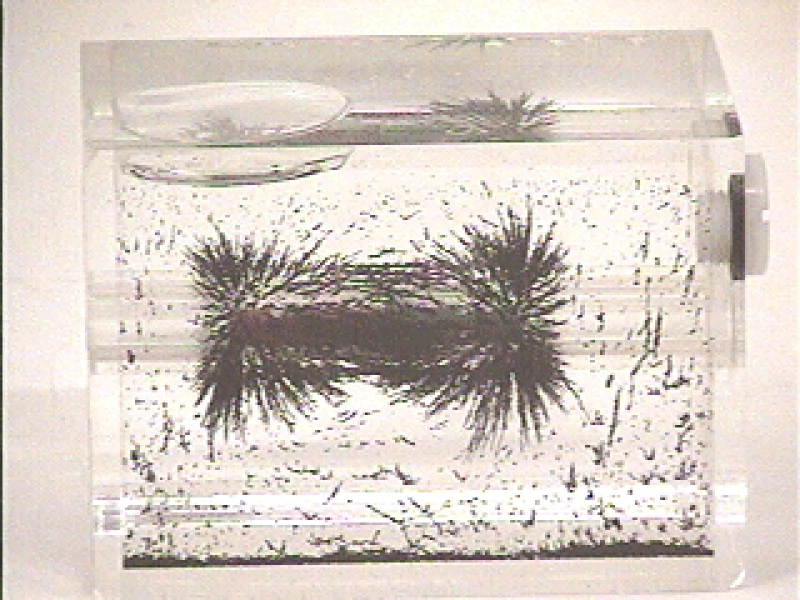
A bar magnet is a simple rectangular piece of magnetic material, usually made from iron or alloys like neodymium, with two distinct ends called poles—North and South. Inside the bar, tiny magnetic regions called domains are all aligned in the same direction, which creates the magnet’s overall magnetic field.
If you picture the magnetic field lines around a bar magnet, they flow from the North pole to the South pole outside the magnet, forming smooth loops. These lines are denser near the poles, signaling where the magnetic field is strongest. Along the length of the magnet, the field is uneven—strongest at both ends and weaker in the middle. This field distribution is why magnets attract or repel objects mainly near their poles rather than from their center.
Visual diagrams usually illustrate this by showing curved lines that start at the North pole, arch through space, and reconnect at the South pole, emphasizing the concentration of magnetic force at the ends. This layout helps in understanding how the magnetic flux distributes around and along the bar magnet’s length.
Understanding Magnetic Fields The Basics
Magnetic fields are invisible areas of force that surround magnetic materials. They represent how magnets interact with other objects without touching them. The magnetic field shows the direction and strength of this force.
Every magnet has two poles: the North pole and the South pole. These poles are where the magnetic force is the strongest. Opposite poles attract each other, while like poles repel.
Magnetic field lines are a helpful way to visualize this invisible force. These lines flow from the North pole to the South pole outside the magnet and inside the magnet, they loop back from South to North. The closer these lines are, the stronger the magnetic field in that area. So, areas where field lines are dense indicate a stronger magnetic force.
Where Is the Magnetic Field Strongest on a Bar Magnet
The magnetic field of a bar magnet is strongest at its poles, which are the North and South ends. This happens because magnetic domains—the tiny regions inside the magnet where atoms align their magnetic moments—are most concentrated at the poles. These aligned domains create a high density of magnetic field lines that emerge from the North pole and enter the South pole, making the field intensity the greatest there.
In contrast, the middle or center of the bar magnet has fewer magnetic field lines passing through it and less domain alignment facing outward. This results in a noticeably weaker magnetic field in the center compared to the poles. So, when you’re measuring magnetic field strength of a bar magnet, the highest readings will always be found near the North and South poles.
Factors Affecting Magnetic Field Strength
Several key factors influence the magnetic field strength of a bar magnet:
-
Magnet Material and Magnetic Domain Alignment
The type of material directly impacts magnetic strength. Magnets made from rare-earth metals like neodymium have stronger fields because their magnetic domains—tiny regions where atoms align—are tightly ordered. Better alignment means a more powerful magnetic field.
-
Size and Shape of the Bar Magnet
Larger magnets typically produce stronger fields due to a greater volume of aligned domains. The shape matters too; a longer bar magnet has a different magnetic flux distribution than a shorter one, affecting how strong the field is at various points.
-
Temperature and Environmental Factors
Heat can reduce magnetic strength by disturbing domain alignment. Temperatures above a magnet’s Curie point can permanently weaken or erase magnetism. Environmental factors like humidity and nearby metals can also impact performance.
-
Impact of External Magnetic Fields
Strong external magnets or electromagnetic fields can interfere with a bar magnet’s field, either weakening it or causing temporary shifts in magnetic flux distribution.
Understanding these factors helps in selecting the right magnet and conditions for optimal magnetic field strength, especially in precise industrial or consumer applications.
For more on how temperature affects magnets, visit What Is the Effect of Heating Neodymium Magnets.
How Understanding Magnetic Field Distribution Helps in Practical Applications
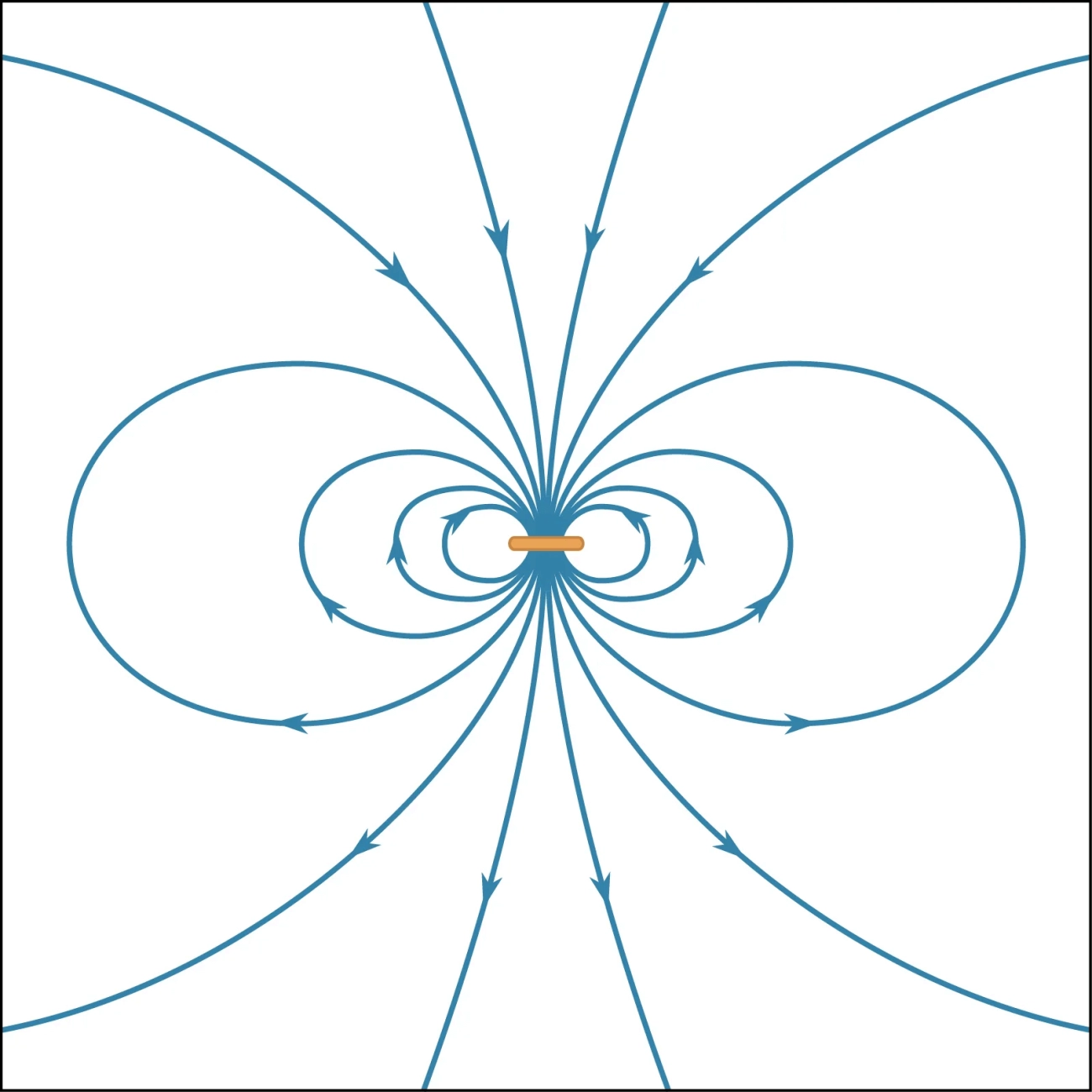
Knowing where the magnetic field is strongest on a bar magnet helps a lot in real-world uses. For example, electric motors rely on strong, well-distributed magnetic fields to convert electrical energy into mechanical motion efficiently. Magnetic sensors need precise field strength to detect small changes, while magnetic separators use field intensity differences to sort materials effectively.
Optimizing magnetic materials during manufacturing means tailoring magnets for specific field distributions. This ensures better performance and longer life. NBAEM plays a key role here by supplying high-quality bar magnets with carefully controlled magnetic properties, designed to meet the needs of industries across the United States.
By understanding field distribution, industries can get the most out of their magnets—whether for making stronger motors, smarter sensors, or more effective separators—helping businesses improve product quality and reduce costs.
How to Measure Magnetic Field Strength
Measuring the magnetic field strength of a bar magnet helps you understand its performance and suitability for different uses. The most common tools are gauss meters and magnetometers, which give precise readings in units like gauss or tesla. These devices are standard in industries where accuracy matters, like manufacturing or research.
If you’re just starting out or want a simple way to check your magnet, there are easy DIY methods too. For example, you can use a compass to observe how strongly the needle reacts near different parts of the magnet, or test how a small piece of iron moves when placed close to the magnet.
Accurate measurements are essential, especially in industries that rely on consistent magnetic strength for electric motors, sensors, or magnetic separators. Using professional tools ensures you get reliable data to optimize your magnetic materials and applications.
Common Misconceptions About Bar Magnets and Their Fields
Many people think the magnetic field of a bar magnet is the same strength all over or even that it’s strongest in the center. That’s not true. The magnetic field is actually weakest at the middle of the magnet and strongest at the poles—the North and South ends. This happens because magnetic domains cluster and line up most densely near the poles, making the field lines packed tighter there.
Another misunderstanding is about magnetic neutral zones. These are areas along the magnet where the field cancels out or is very weak, often around the center. This explains why the magnetic field strength varies depending on where you measure it.
Understanding these facts helps clear up confusion and guides practical use of magnets, whether for scientific purposes or everyday tasks. For more on how magnetic properties vary in magnets, you can check out NBAEM’s insights on magnetic domain alignment in magnets.
Choosing Quality Magnetic Materials from NBAEM
When it comes to getting a bar magnet with reliable magnetic field strength, NBAEM stands out. They focus on using high-quality raw materials that have excellent magnetic domain alignment, which directly boosts the magnetic properties of their magnets. This careful material selection ensures that the magnetic field is strong where it matters most—especially at the poles.
NBAEM offers a wide range of bar magnets, including neodymium, ferrite, and alnico types. Each type is made to meet different needs, whether you require maximum magnetic field intensity for industrial equipment or steady, long-lasting magnets for sensors. They also tailor magnetic properties, like field strength and size, to fit specific applications, which is a big plus for customers across various industries.
In short, NBAEM’s approach combines superior material quality with precision manufacturing. This results in bar magnets that maintain strong and consistent magnetic flux distribution, making them a reliable choice for anyone needing dependable magnetic performance.


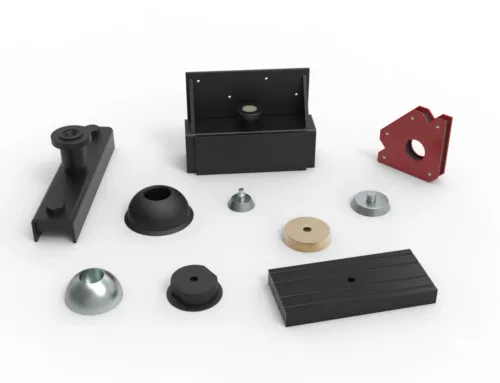
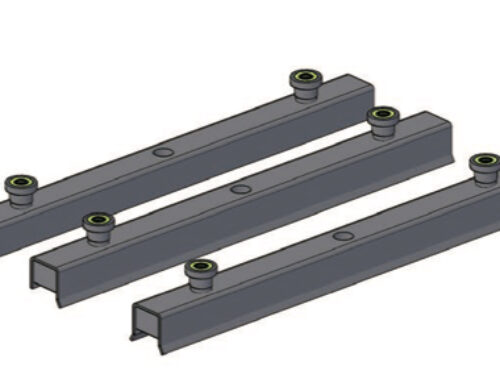
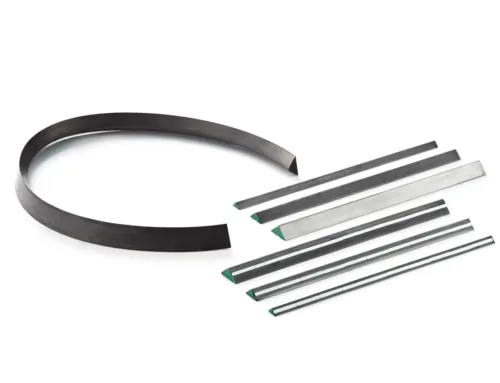
Leave A Comment